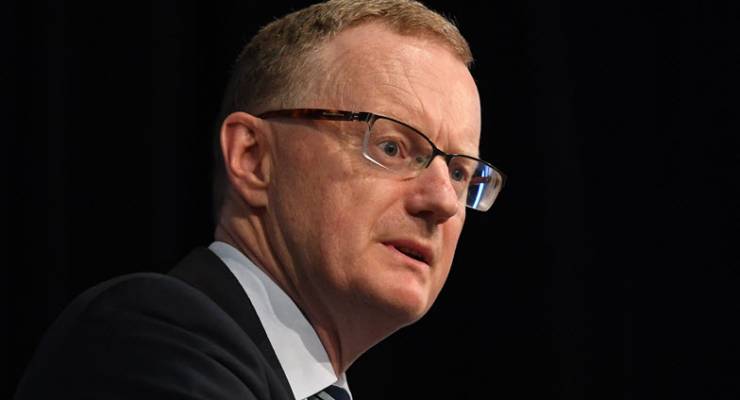
Even two years ago, the jobs growth we have seen so far in 2017 would have had the Glenn Stevens-run Reserve Bank reaching twitchingly for the rate rise lever. The usual fears would have surfaced — inflation, surplus capacity being used up, wages surge/breakout threat. The old, reflexive thinking and actions of a veteran central banker would have been to the fore. Yesterday’s solid jobs report would have confirmed in the minds of the technocrats at the head of our central bank that the first of a series of gentle taps on the breaks would be needed to keep momentum under control.
After all, just over 200,000 jobs have been created since May in trend terms and around 307,000 — 253,000 full-time — jobs since August last year. On a seasonally adjusted basis, the strength was even clearer: August experienced the strongest monthly growth in jobs — 54,200 — in four years. And on both bases, a labour force participation rate the highest since 2012 at 65.2% (trend) and 65.2% (seasonally adjusted). That strong growth compares to just 85,000 created in all of 2016. Reserve bank governor Philip Lowe said in the bank’s September post-meeting statement, “employment growth has been stronger over recent months and has increased in all states. The various forward-looking indicators point to solid growth in employment over the period ahead. The unemployment rate is expected to decline a little over the next couple of years.”
So, to use the time-honoured terminology, why does a rate rise not loom? Some forecasters have pulled forward their rate rise predictions to mid-2018 from later in that year or early 2019. But no one expects the bank to pull the trigger any time soon. After all, inflation isn’t out of control — far from it. It is running at 1.9% (headline rate) for the Consumer Price Index and 1.8% on the RBA’s core reading. The March quarter of this year was the only quarter since September quarter of 2014 that the annual headline rate has been 2% or more (3.0% in the June quarter). And, as everyone knows, wages growth has fallen from 2.6% in the June quarter of 2014 (meaning real wages were falling) to 1.9% in the June quarter of this year, despite all that jobs growth.
And that jobs growth still hasn’t used up our surplus labour; the jobless rate has remained steady at 5.6%. The number of jobless Australians is actually up half a per cent (driven by population growth and a welcome rise in participation).
So the surplus in the jobs market remains as a depressive force on wages. In the 2016-17 RBA annual report, Lowe noted the continuing low wages growth here and offshore, saying “a reduced sense of job security and an increased sense of competition look to be weighing on wage outcomes in many advanced economies, including here in Australia. How long this lasts will have a bearing on the future course of global monetary policy.”
Until the RBA and its senior officials stop pointing to low wages growth, there will be no “rate rise looms” headlines, or rather, if they start appearing, you can ignore them. Australia is in the midst of a strengthening jobs boom (as the ad surveys from the ANZ Bank also support) but it is not triggering inflation and it seems employers now see they can take advantage of the lowest real wages growth in history and close to the lowest real unit labour costs and start investing once again.







Crikey is committed to hosting lively discussions. Help us keep the conversation useful, interesting and welcoming. We aim to publish comments quickly in the interest of promoting robust conversation, but we’re a small team and we deploy filters to protect against legal risk. Occasionally your comment may be held up while we review, but we’re working as fast as we can to keep the conversation rolling.
The Crikey comment section is members-only content. Please subscribe to leave a comment.
The Crikey comment section is members-only content. Please login to leave a comment.